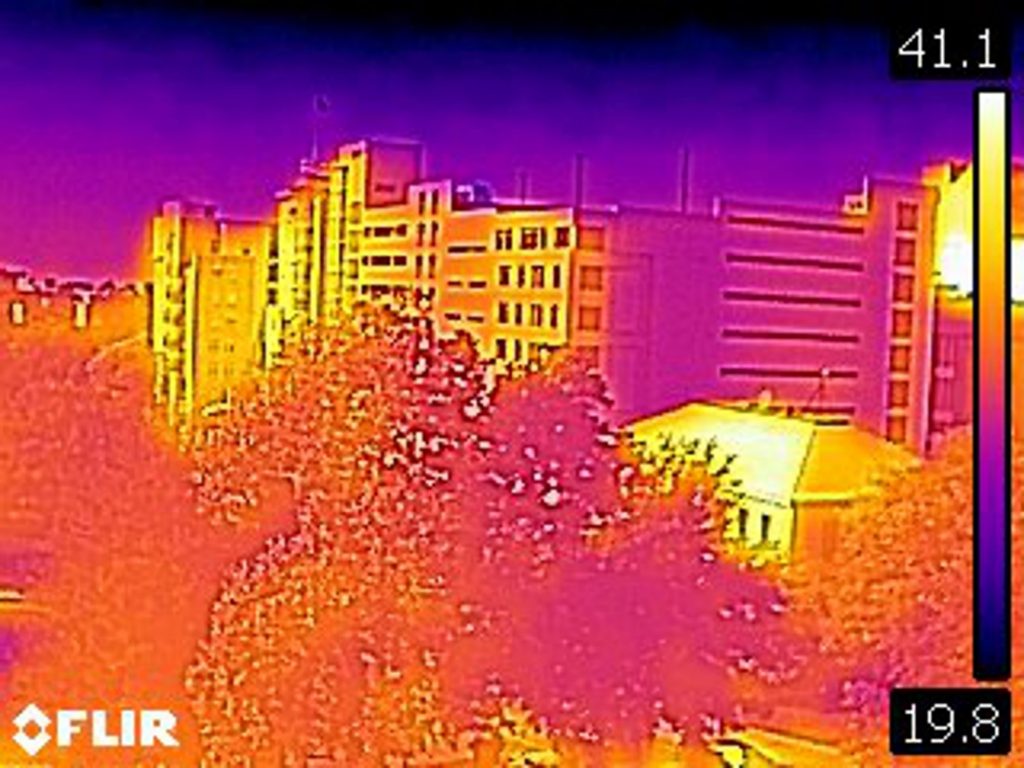Physiological adaptation to cities as a proxy to forecast global-scale responses to climate change
Sarah E. Diamond, Ryan A. Martin
Case Western Reserve University, USA
The worldwide proliferation of human settlements rapidly generates pockets of localized warming across the landscape. These urban heat island effects are frequently intense, especially for moderate to larger sized cities, where warming of urban centers can be several degrees Celsius compared with nearby nonurban areas. But which mechanisms govern biological responses to contemporary warming in cities? In particular, what are the relative contributions of phenotypic plasticity and evolutionary change? And given these patterns, can we use this information to forecast species responses to warming trends more broadly? Here, we review the current literature on plastic and evolutionary responses to urban warming, focusing on thermal physiological traits. We begin with a case study of urban evolution in heat and cold tolerance traits using the cornfield ant, Lasius alienus. In this context, we explore the relative contributions of plastic and evolved sources of variation. We expand on this theme to synthesize plastic and evolutionary mechanisms underlying variation in thermal physiological traits across a diverse suite of urban evolution studies. We then consider whether rapid evolutionary responses to the urban heat island are of a comparable magnitude to long-term evolutionary changes over biogeographic scales, as such space-for-time substitutions are a common method for forecasting responses to global change. Finally, we explore the fitness consequences of responding to urban heat islands, focusing on the evidence for local adaptation (or maladaptation).









You must be logged in to post a comment.